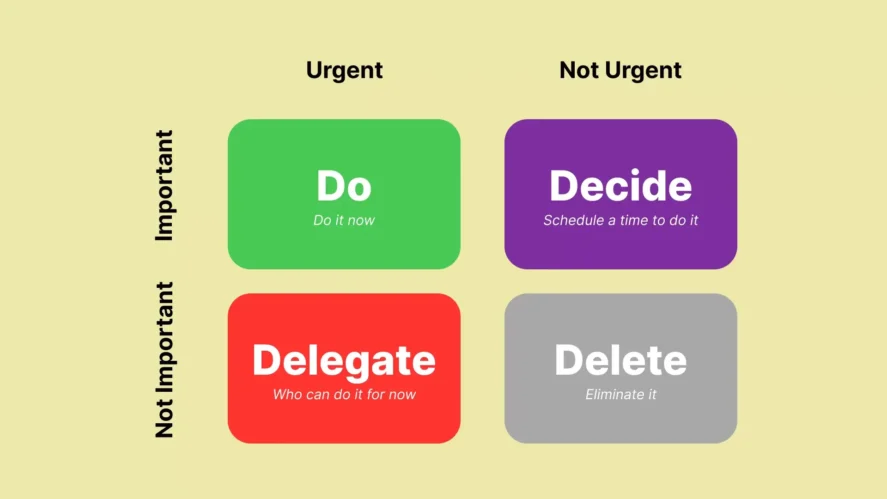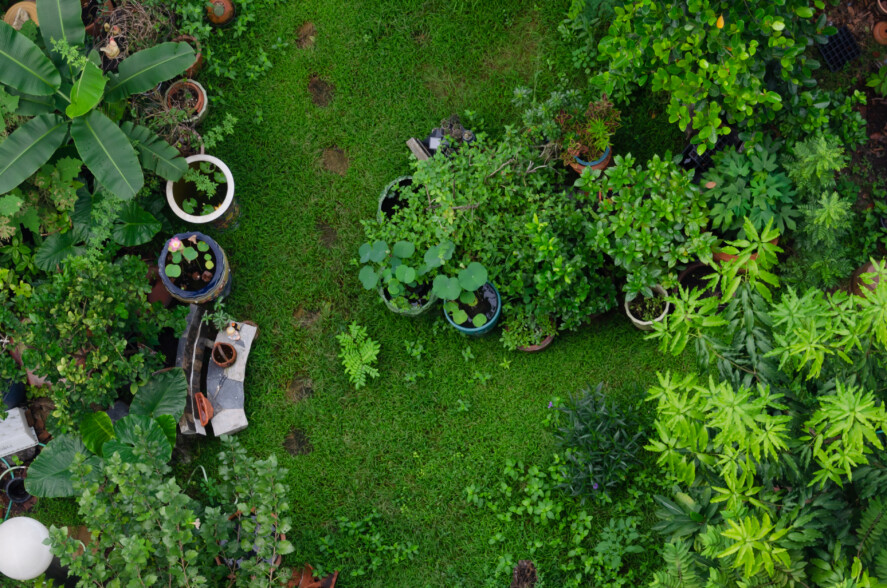Understanding and Applying SMART Goals to Garden Maintenance and Food Forests

SMART is an acronym that stands for Specific, Measurable, Achievable, Relevant, and Time-bound. This framework is widely used to set clear, actionable objectives. Let’s break down each component:
- Specific: Goals should be clear and specific, answering the questions of who, what, where, when, and why. In the context of garden maintenance and food forests, this could mean identifying exact tasks like “planting five new fruit trees” or “weeding the vegetable beds.”
- Measurable: To track progress and stay motivated, goals should be quantifiable. For example, “reduce water usage by 20%” or “harvest 10 kilograms of tomatoes this season.”
- Achievable: Goals need to be realistic and attainable given your resources and constraints. For instance, setting a goal to “build a composting system” might be achievable, while “transform the entire garden in one month” might not be.
- Relevant: Goals should matter to your overall objectives. They should align with your broader vision, such as creating a sustainable food forest or maintaining a healthy garden ecosystem.
- Time-bound: Every goal should have a deadline or a specific timeframe. This helps in planning and urgency, like “complete the garden bed preparation by the end of March.”

Applying SMART Goals to Garden Maintenance and Food Forests
Specific Goals
- Example: “Prune the apple trees in the north orchard by the end of February.”
- Benefit: Provides clear instructions on what exactly needs to be done, which trees to focus on, and the deadline, preventing any ambiguity.
Measurable Goals
- Example: “Collect 50 liters of rainwater each week for irrigation.”
- Benefit: Allows you to track progress and determine if you’re meeting your irrigation needs, making it easier to adjust plans if necessary.
Achievable Goals
- Example: “Introduce three new perennial plants to the food forest this spring.”
- Benefit: Ensures the goal is feasible given your current resources, reducing the risk of frustration from setting unattainable objectives.
Relevant Goals
- Example: “Increase the biodiversity of the garden by planting native flowering plants to attract pollinators.”
- Benefit: Aligns with the broader goal of enhancing garden health and sustainability, ensuring efforts contribute to the overall vision.
Time-bound Goals
- Example: “Install drip irrigation system by the start of the summer season.”
- Benefit: Provides a clear deadline, helping to prioritize tasks and manage time effectively, ensuring the system is in place when it’s most needed.
Benefits of Using SMART Goals
- Enhanced Focus: By clearly defining what needs to be done, you can focus your efforts on specific tasks, reducing distractions.
- Improved Time Management: Setting deadlines helps prioritize tasks and allocate time effectively, ensuring that important activities are completed on schedule.
- Increased Productivity: With measurable and achievable goals, you can track progress and stay motivated, which boosts productivity.
- Better Resource Allocation: Knowing what is achievable with your current resources helps in planning and prevents over-committing.
- Alignment with Long-term Objectives: Relevant goals ensure that your daily tasks contribute to your broader vision for the garden or food forest.
By applying the SMART framework, the community garden in Te Puke successfully increased its diversity of edible plants, improved overall productivity, and engaged the community in sustainable gardening practices. This structured approach ensured that goals were clear, progress was trackable, resources were effectively utilized, and efforts were aligned with broader sustainability objectives, all within a set timeframe.














